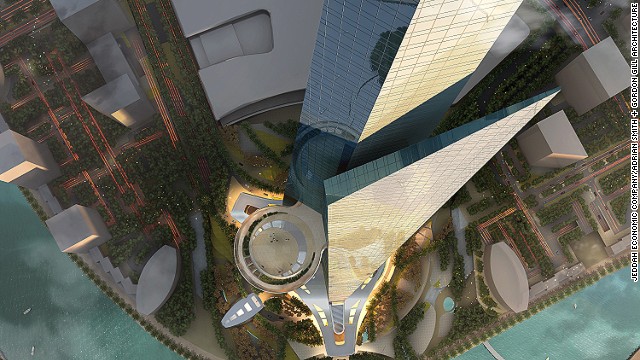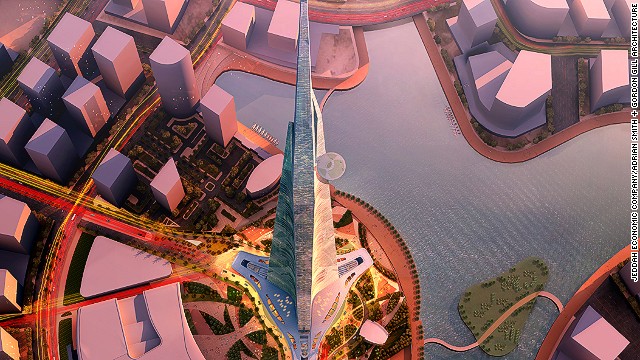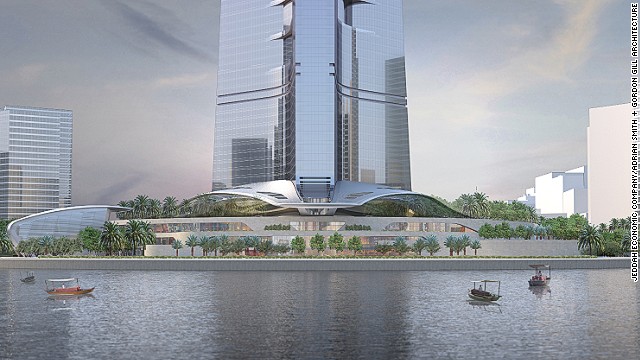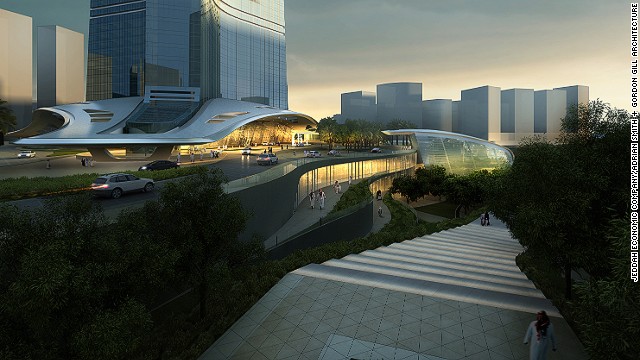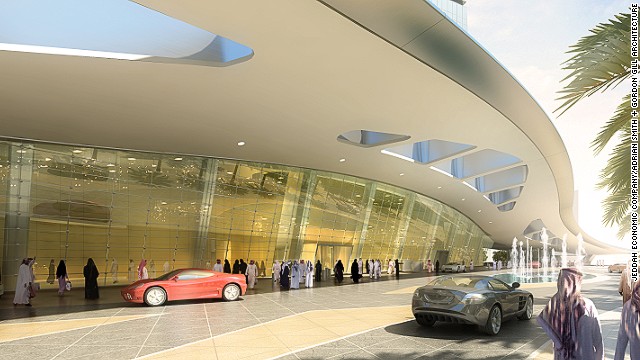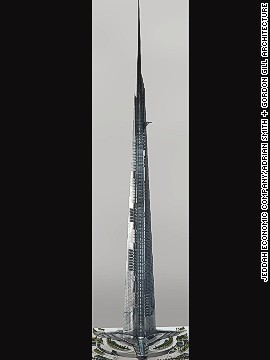Railways Needs Rs 5 Lakh Cr For Infra Push: Stanchart
 The railways will need an investment of Rs 5 lakh crore in new assets over the next five years, providing business opportunity to the infrastructure companies, according to a Standard Chartered report.
The railways will need an investment of Rs 5 lakh crore in new assets over the next five years, providing business opportunity to the infrastructure companies, according to a Standard Chartered report.The railways aims to increase the share of commercial traffic from 32% to 74%, for which it has to build special corridors, modernise infrastructure, increase the average speed of freight trains and build logistic parks. Such projects, the report said, would be financed by public-private partnership, state partnerships and loans from multilateral agencies.
NBCC Plans Three Townships in North India
National Buildings Construction Corporation Ltd (NBCC) is planning townships in Alwar, Gurgaon, and Khekra (near Delhi-Saharanpur Highway) in the coming 3 months.
 Mr. Anoop Kumar Mittal, CMD of NBCC said that the townships will consist of 500-1,000 affordable housing units. He was speaking on the sidelines of inauguration of Construction & Demolition Waste Recycling Plant installed by the PSU at its project site of redevelopment of East Kidwai Nagar in Delhi.
Mr. Anoop Kumar Mittal, CMD of NBCC said that the townships will consist of 500-1,000 affordable housing units. He was speaking on the sidelines of inauguration of Construction & Demolition Waste Recycling Plant installed by the PSU at its project site of redevelopment of East Kidwai Nagar in Delhi.
The plant would save transportation cost of C&D waste material, besides reducing the material required for the project. It can process 150 tonnes of C&D waste a day, which in turn shall produce 30,000 bricks/kerb stone and shall be used in the construction of the project.
“With this plant, we expect to save Rs 3 crore on transporting and recycling waste and another Rs 6-7 crore as the recycled product will be 30 per cent cheaper,” Mittal said. The East Kidwai Nagar redevelopment scheme involves construction of approximately 4,747 houses in place of existing 2,444. The total plot area of the project is 86 acres.
 Mr. Anoop Kumar Mittal, CMD of NBCC said that the townships will consist of 500-1,000 affordable housing units. He was speaking on the sidelines of inauguration of Construction & Demolition Waste Recycling Plant installed by the PSU at its project site of redevelopment of East Kidwai Nagar in Delhi.
Mr. Anoop Kumar Mittal, CMD of NBCC said that the townships will consist of 500-1,000 affordable housing units. He was speaking on the sidelines of inauguration of Construction & Demolition Waste Recycling Plant installed by the PSU at its project site of redevelopment of East Kidwai Nagar in Delhi.The plant would save transportation cost of C&D waste material, besides reducing the material required for the project. It can process 150 tonnes of C&D waste a day, which in turn shall produce 30,000 bricks/kerb stone and shall be used in the construction of the project.
“With this plant, we expect to save Rs 3 crore on transporting and recycling waste and another Rs 6-7 crore as the recycled product will be 30 per cent cheaper,” Mittal said. The East Kidwai Nagar redevelopment scheme involves construction of approximately 4,747 houses in place of existing 2,444. The total plot area of the project is 86 acres.
Mumbai Metro First Phase Ready
Following the final safety clearance from the Chief Metro Railway Commissioner, the Mumbai Metro One Pvt Ltd (MMOPL) can open the line for commercial use.
 Work on the line, which began in 2006, was running behind schedule by three years. The project is being developed jointly by MMOPL, an Anil Ambani group company, and the Mumbai Metropolitan Region Development Authority.
Work on the line, which began in 2006, was running behind schedule by three years. The project is being developed jointly by MMOPL, an Anil Ambani group company, and the Mumbai Metropolitan Region Development Authority.
AK Mishra, Chief Executive Officer of MMOPL, told media persons on Wednesday that the fare issue was a sensitive matter, and that the board of MMOPL had not yet taken a decision on it. The operational costs of the project had shot up by 125 per cent because of the delay, he added.
In 2006, the project cost was estimated at Rs. 2,360 crore, but it has escalated to Rs 4,291 crore. The Versova-Ghatkopar metro line will have 12 stations and will operate form 5.30 am till midnight, with a train running every four minutes during peak hours and seven minutes during non-peak hours.
 Work on the line, which began in 2006, was running behind schedule by three years. The project is being developed jointly by MMOPL, an Anil Ambani group company, and the Mumbai Metropolitan Region Development Authority.
Work on the line, which began in 2006, was running behind schedule by three years. The project is being developed jointly by MMOPL, an Anil Ambani group company, and the Mumbai Metropolitan Region Development Authority.AK Mishra, Chief Executive Officer of MMOPL, told media persons on Wednesday that the fare issue was a sensitive matter, and that the board of MMOPL had not yet taken a decision on it. The operational costs of the project had shot up by 125 per cent because of the delay, he added.
In 2006, the project cost was estimated at Rs. 2,360 crore, but it has escalated to Rs 4,291 crore. The Versova-Ghatkopar metro line will have 12 stations and will operate form 5.30 am till midnight, with a train running every four minutes during peak hours and seven minutes during non-peak hours.
Kochi Metro Authorised To Purchase Land Directly
The Kerala Government has decided to give Kochi Metro Rail Ltd the authority for direct purchase of land for the project.
This was decided at a high-level review meeting headed by Chief Minister Oommen Chandy and attended by Ministers and senior KMRL officials.
A press statement said that Rs 70 crore will be made available for land acquisition immediately for the widening of the Vyttila-Petta stretch, which involves the acquisition of 3.0138 hectares.
 The meeting has asked Kerala Water Authority to complete pipe laying work through SA road on a priority basis. It was decided at the meeting to finish all the work by the end of next month and hand over that area to DMRC.
The meeting has asked Kerala Water Authority to complete pipe laying work through SA road on a priority basis. It was decided at the meeting to finish all the work by the end of next month and hand over that area to DMRC.
The meeting has also authorised KMRL Managing Director Elias George to hold discussions with St Albert’s College authorities regarding the land acquisition required at Kaloor. An extent of 98 cents is required from the land leased to the college for its football ground in front of the Jawaharlal Nehru Stadium for the construction of the metro station.
This was decided at a high-level review meeting headed by Chief Minister Oommen Chandy and attended by Ministers and senior KMRL officials.
A press statement said that Rs 70 crore will be made available for land acquisition immediately for the widening of the Vyttila-Petta stretch, which involves the acquisition of 3.0138 hectares.
 The meeting has asked Kerala Water Authority to complete pipe laying work through SA road on a priority basis. It was decided at the meeting to finish all the work by the end of next month and hand over that area to DMRC.
The meeting has asked Kerala Water Authority to complete pipe laying work through SA road on a priority basis. It was decided at the meeting to finish all the work by the end of next month and hand over that area to DMRC.The meeting has also authorised KMRL Managing Director Elias George to hold discussions with St Albert’s College authorities regarding the land acquisition required at Kaloor. An extent of 98 cents is required from the land leased to the college for its football ground in front of the Jawaharlal Nehru Stadium for the construction of the metro station.
Builders Demand Separate Ministry for Construction Sector
 With the demand for skilled workers set to nearly treble by 2020, the construction industry wants a separate ministry both at the Union and the state level to address the issues affecting the sector. The construction industry, which employs about 10 million skilled workers now, would require at least 30 million such workers by 2020, said S K Basu, president of Builders’ Association of India (BAI). The construction industry would require 55-60 million workers by 2020, he said.
With the demand for skilled workers set to nearly treble by 2020, the construction industry wants a separate ministry both at the Union and the state level to address the issues affecting the sector. The construction industry, which employs about 10 million skilled workers now, would require at least 30 million such workers by 2020, said S K Basu, president of Builders’ Association of India (BAI). The construction industry would require 55-60 million workers by 2020, he said.“We have to run from pillar to post when there is a problem. There is nobody to take care of our needs. We need a separate ministry or department,” Basu said. Stating that the construction industry has the second largest workforce (35 million) after agriculture in the country and it also ranked second in contribution to GDP (gross domestic product), he said they still have to work with various government departments and ministries.
“Steel and mining are tiny industries compared to construction in employment and gross turnover. But they still have separate ministries,” Basu, who was in the city to attend a workshop organised by BAI, said. The share of skilled workers in the overall workforce is less than 50% now and the aim is to increase it to 65% by 2020, he said.
Though state governments are collecting 1% labour cess on construction activities, the funds generated under the route are lying idle, senior BAI officials said. About Rs 9,000 crore collected as labour cess is with state governments and this could be utilised to impart skills training to construction workers, they said.
“The funds can be used for imparting training to workforce. State governments have their own infrastructure and run ITIs (industrial training institutes). They can offer skills training to unskilled workers,” Basu said.
The construction skill development council (CSDC) formed by BAI, CREDAI (Confederation of Real Estate Developers’ Association of India) and other construction bodies has started the groundwork for skills training, he said. “We already have 100 in-house trainers. It is very difficult to get trainers from villages. But they are needed to train the workforce who come mostly from rural areas,” Basu said. CSDC would offer training programmes for various jobs and issue certificates as well, he said.



